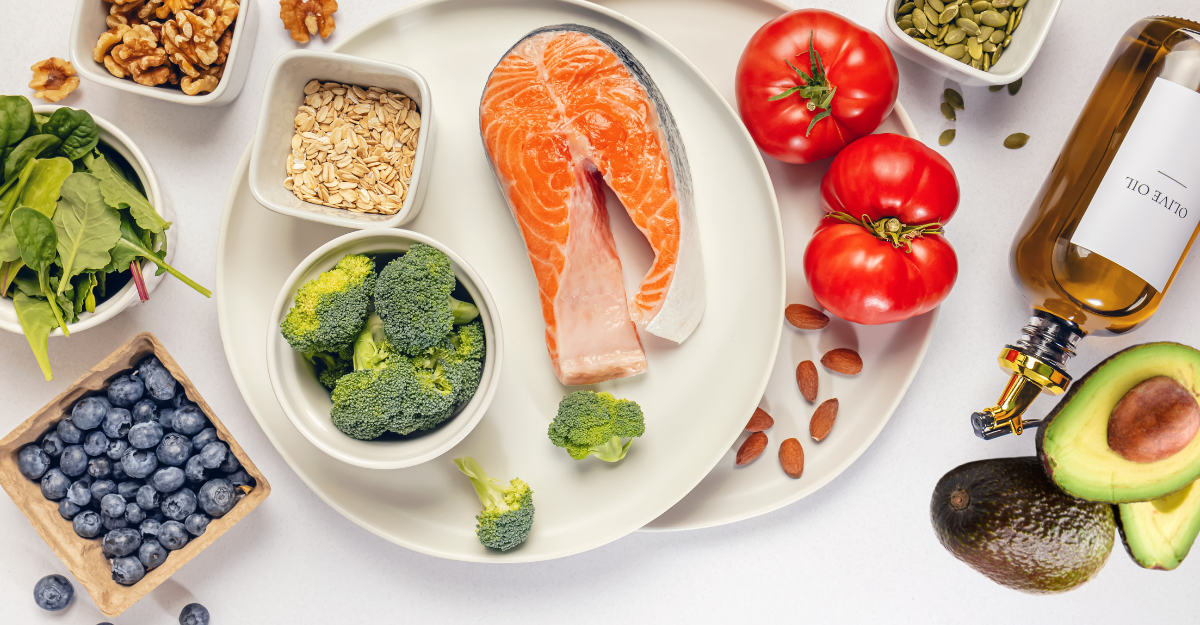
What to Avoid When Taking Glutathione
Liposomal glutathione is one of Core Med Science's most popular supplements, and for good reason. Glutathione is a powerful compound with many health benefits. It depletes as we age, and replacing glutathione makes sense from the perspective of prevention and optimizing health.
"It depletes as we age, and replacing glutathione makes sense from the perspective of prevention and optimizing health."
While glutathione is generally safe, it's also important to understand what to avoid when taking glutathione to optimize its benefits. Today's article will dive into glutathione, liposomal glutathione, and precautions. Keep reading as we explore:
- What is glutathione, and health benefits
- Liposomal glutathione supplements
- Glutathione safety and side effects
- What to avoid when taking glutathione
- Quality liposomal glutathione options from Core Med Science
"While glutathione is generally safe, it's also important to understand what to avoid when taking glutathione to optimize its benefits."
Glutathione Basics and Benefits
Glutathione is a critical antioxidant in every cell of the body. Specific foods, including asparagus, avocados, and spinach, are natural sources of glutathione. The body also makes it from the amino acids cysteine, glutamate, and glycine. (Source 1)
As an antioxidant, glutathione helps protect cells from free radicals and oxidative stress. It also has many other roles, including:
- Detoxifying hormones, mercury, and chemicals in the liver
- Regulating the immune system
- Regenerating vitamins C and E. (Source 2)
The amount of glutathione the body produces declines with age, yet we may need more glutathione as we get older to protect cells. Glutathione deficiency is associated with age-related diseases, including Alzheimer's disease, cancer, liver disease, diabetes, and others. (Source 2, 3)
Some scientists and clinicians, especially in functional and longevity medicine, propose increasing glutathione levels, primarily through supplementation, to promote health and prevent disease with aging.
Glutathione Supplements
Glutathione supplements come in several forms, including:
- NAC (N-acetyl cysteine), a glutathione precursor
- IV (intravenous) glutathione, which is effective but often expensive and inaccessible
- Oral glutathione supplements
- Oral liposomal glutathione supplements
Research on traditional oral glutathione supplements shows mixed results. Many studies show that these supplements are ineffective at raising glutathione levels in the body and inside cells. (Source 2, 3)
Because glutathione is a small peptide made from amino acids, it likely gets broken down in the digestive system instead of absorbed intact. Liposomal glutathione offers an alternative to standard oral supplements with much better data showing efficacy. The liposome encapsulates glutathione, allowing improved, intact absorption.
Liposomal glutathione elevates glutathione levels in the body. One study shows levels increase by 40% in whole blood, 25% in red blood cells, and 28% in plasma with just two weeks of supplementation. Additionally, liposomal glutathione supplementation promotes increased immune function. (Source 4)
"Liposomal glutathione elevates glutathione levels in the body. One study shows levels increase by 40% in whole blood, 25% in red blood cells, and 28% in plasma with just two weeks of supplementation. Additionally, liposomal glutathione supplementation promotes increased immune function."
Safety and Side Effects
Standard dosages of glutathione range from 250 mg to 1000 mg and are typically safe. Yet, some may experience mild side effects, such as gastrointestinal discomfort. Side effects are minimal with liposomal delivery. Further, using glutathione long-term may lower zinc levels. (Source 1, 2, 4)
Do not take glutathione if you are allergic to any of the ingredients in the supplement. Glutathione supplementation is not recommended during pregnancy or breastfeeding.
Although glutathione is very safe, it may interact with medications or not be a good fit for certain individuals. Always work with your functional medicine provider for personalized supplement guidance.
What to Avoid When Taking Glutathione
Glutathione supplementation supports detoxification and reduces the toxic body burden. While taking glutathione, we recommend avoiding adding toxins into the system that can overburden the glutathione pathways.
"While taking glutathione, we recommend avoiding adding toxins into the system that can overburden the glutathione pathways."
When taking glutathione, minimize or avoid:
- Alcohol
- Tobacco
- High mercury fish
- Artificial sweeteners
- Artificial food dyes
- Certain medications
Always speak with your doctor or pharmacist before beginning a new supplement to ensure it's a good fit with your medications, including over-the-counter medications and other supplements.
Core Med Science Liposomal Glutathione
Glutathione is such a critical molecule for health and longevity. When supplementing, choose a high-quality product with liposomal delivery for the best results. Core Med Science is an industry leader in liposomal technology, offering physician-formulated, allergen-friendly supplements made in the USA.
Core Med Science Liposomal Glutathione - Softgels provide 500 mg of active liposomal glutathione in a sunflower-based phospholipoid complex. If you prefer a liquid formula that allows you to adjust the dose and avoid capsules, try Core Med Science Liposomal Glutathione - Liquid.
When taking supplements, understand that a supplement won't save you from poor lifestyle habits. Liposomal glutathione will work best alongside a nutritious diet and an active, low-toxin lifestyle.
References:
- https://www.webmd.com/vitamins-and-supplements/glutathione-uses-risks
- Minich, D. M., & Brown, B. I. (2019). A Review of Dietary (Phyto)Nutrients for Glutathione Support. Nutrients, 11(9), 2073. Full text: https://pmc.ncbi.nlm.nih.gov/articles/PMC6770193/
- Pizzorno J. (2014). Glutathione!. Integrative medicine (Encinitas, Calif.), 13(1), 8-12. Full text: https://pmc.ncbi.nlm.nih.gov/articles/PMC4684116/
- Sinha, R., Sinha, I., Calcagnotto, A., Trushin, N., Haley, J. S., Schell, T. D., & Richie, J. P., Jr (2018). Oral supplementation with liposomal glutathione elevates body stores of glutathione and markers of immune function. European journal of clinical nutrition, 72(1), 105-111. Full text: https://pmc.ncbi.nlm.nih.gov/articles/PMC6389332/
